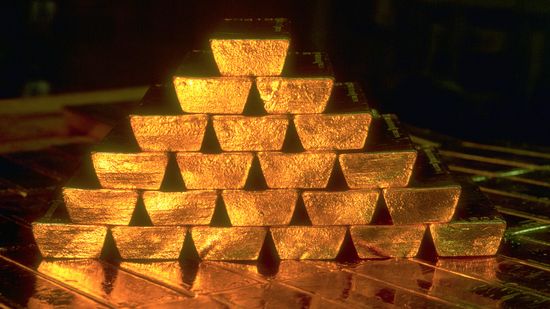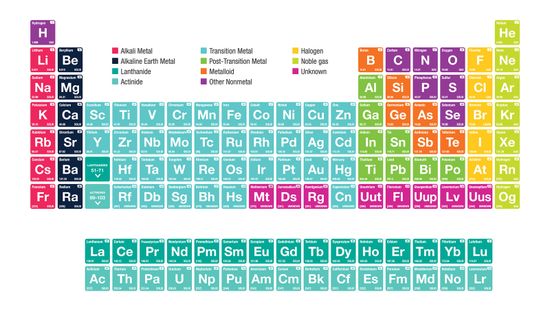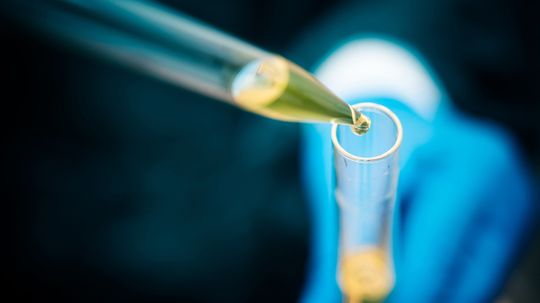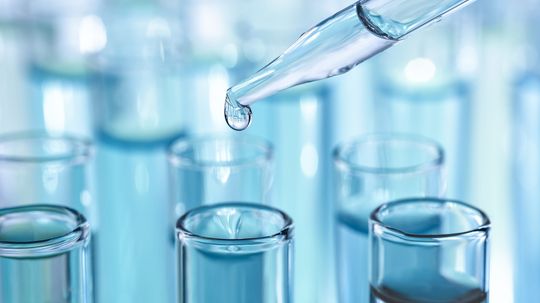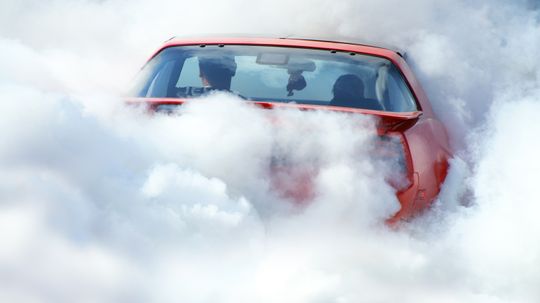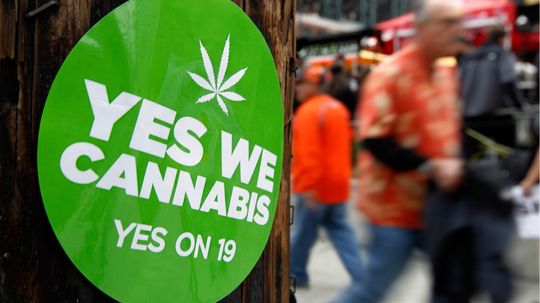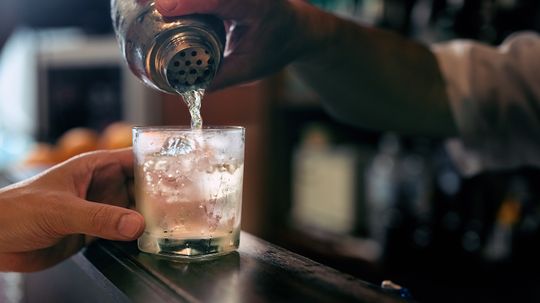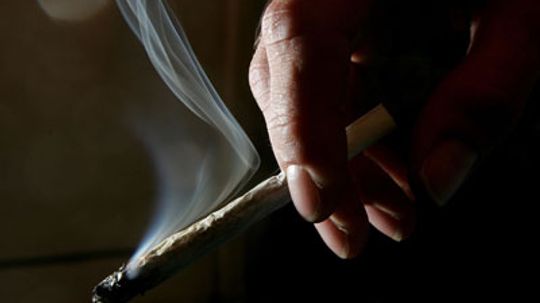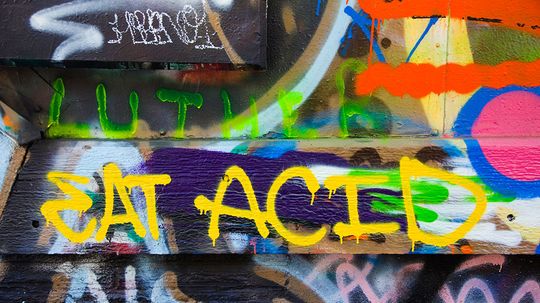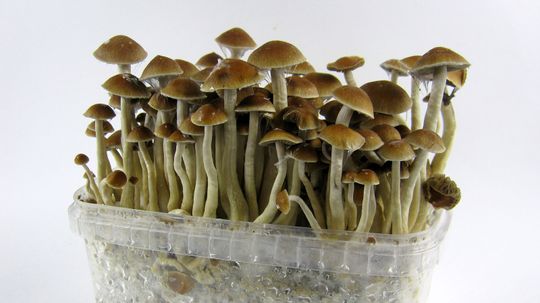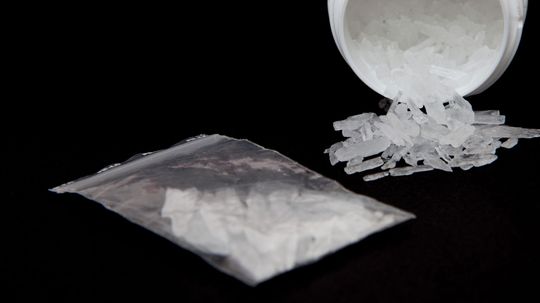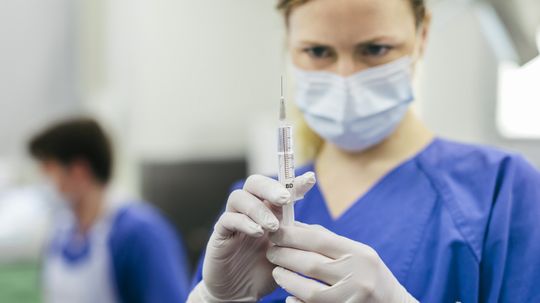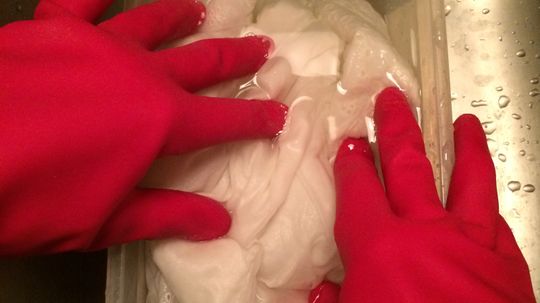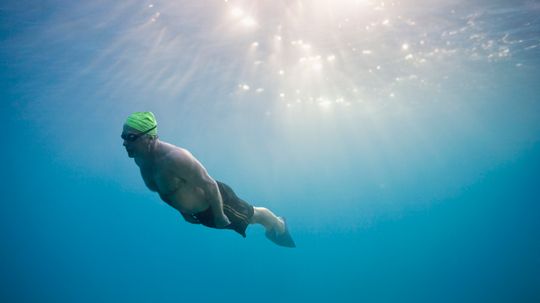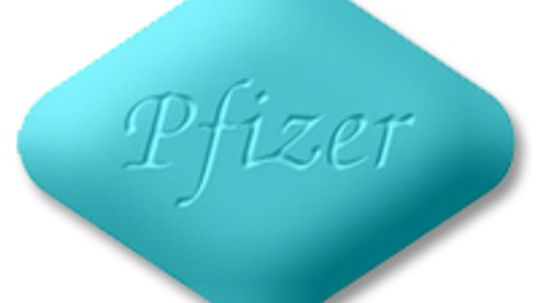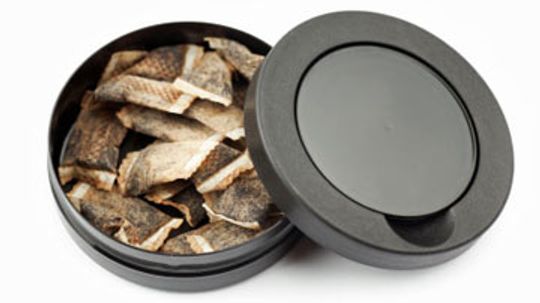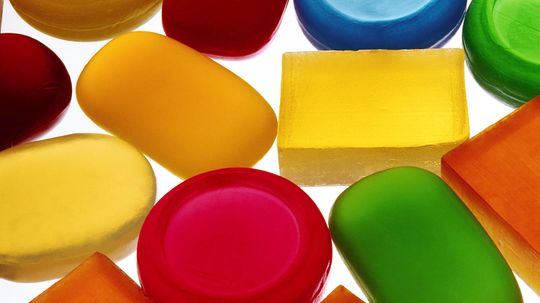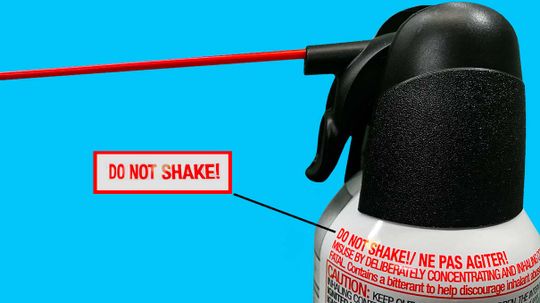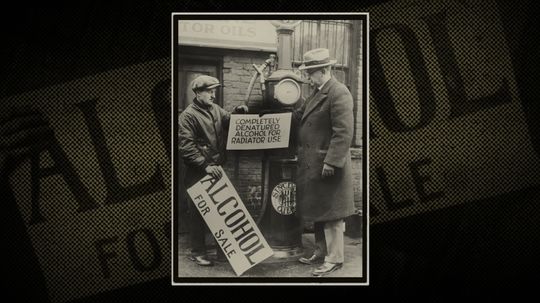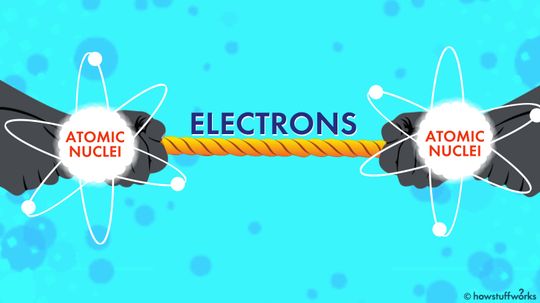Chemical Compounds
Chemical compounds are substances that form when two or more elements are joined together. Most of the atoms that form living organisms and the Earth's crust are in compound form. Check out these great articles on chemical compounds.
Learn More
From cocktails to cooking, alcohol is everywhere. But not all alcohol is created equal. The types of alcohol range from drinkable spirits to industrial solvents, each with different uses, chemical properties and risks.
In chemistry, there are a variety of methods that scientists use to identify a chemical compound, including a molecular formula, molar mass and molecular diagram. The simplest formula of these is known as the empirical formula.
By Talon Homer
In chemistry, the classification of substances into acids and bases is fundamental.
By Marie Look
Advertisement
In the world of chemistry, understanding the difference between strong acids and weak acids is fundamental for both students and professionals alike. Strong acids are known for their ability to completely dissociate in water, making them a pivotal topic in chemical reactions and laboratory experiments.
Juice and soda mix well with alcohol, but a few things don't mix so well. Some may just produce embarrassing moments. Others could cost you your life.
By Beth Brindle
I have heard that carbon monoxide is extremely poisonous. Can you explain why?
Marijuana isn't just a recreational drug for hippies and philosophy majors -- its psychoactive history ranges from Egyptian mummies to modern U.S. politics. What's the big deal about this leafy, green plant?
By Kevin Bonsor & Nicholas Gerbis
Advertisement
More than 2.3 billion people across the globe drink alcohol, but most don't consider it a drug. But if you've ever seen someone who's had too much, you know alcohol has profound effects on the mind and body.
Smoking or chewing tobacco makes many people feel good, even mildly euphoric. It's the nicotine that produces the buzz. Find out how nicotine affects the human body and what makes it so addictive.
Imagine spending your days racked with pain or losing pound upon pound because nausea leaves you unable to eat. Now imagine that someone offers you a wonder drug to cure all your ills. The problem? It's illegal.
Can you pass the acid test? That electric Kool-Aid changed the fabric of 1960's American counterculture. So, what's it's like to trip on LSD?
Advertisement
Mushrooms - they're not just a pizza topping. This psychotropic fungus has guided many an adventurer on a trip. How do shrooms make their magic?
We once emptied the scent pods of male musk deer into a bottle of fragrance and doused it on, feeling like a million bucks. How has perfume changed since then?
When it comes to stimulating the human central nervous system, meth can hold its shaky, toothless head high. Why is this drug so additive?
If the idea of being completely knocked out by a cocktail of drugs while doctors operate on you freaks you out, you're not the only one. But that's not what anesthesia is all about it - and it might scare you less if you understand how it works.
Advertisement
About 90 percent of Americans consume some form of caffeine every day: It's our most popular drug by far. What's so special about this stimulant?
I recently used chlorine bleach to clean the siding on my house, and I was amazed at how well it worked! What is bleach? How does it remove stains? Is the chlorine in bleach the same as the chlorine in drinking water or in swimming pools? Is chlorine safe to use?
By Yara Simón
Most of us have heard the talk about oysters and chocolate, and maybe you've read an article about the stimulating effects of ginseng. But garlic, licorice and cucumber? Learn about the history of aphrodisiacs and whether they've been proven to be effective.
If water is made up of hydrogen and oxygen, why can't we breathe underwater? It has to do with how molecules combine and how the human lung functions.
Advertisement
Viagra is one of the best-known drugs of all time. Nearly every adult in America has heard of the drug and can tell you what it does. Find out how this high-profile medication works its magic.
First there was Volvo. Then came IKEA. Well get ready for the next major Swedish export: snus, a smokeless tobacco product, similar to dip or chew.
From soap to pharmaceutical products, glycerine has many applications.
It's a force of habit to shake spray canisters, but when it comes to canned air, that inclination could cause frostbite.
Advertisement
Denatured alcohol is useful for lots of things, but drinking definitely isn't one of them.
Electrons are attracted to some atoms more than others. If two atoms are of equal strength, the electrons will be equally shared. If one atom is stronger, the electrons will be pulled in that atom's direction.
